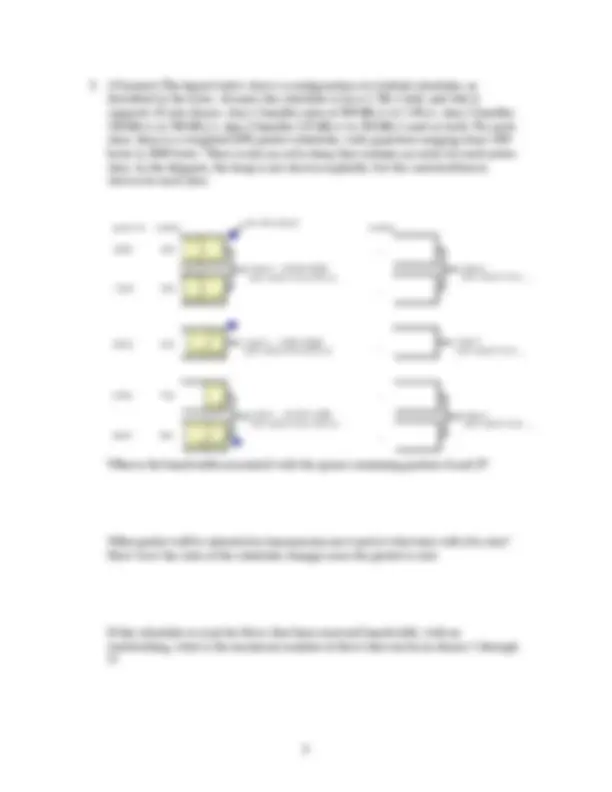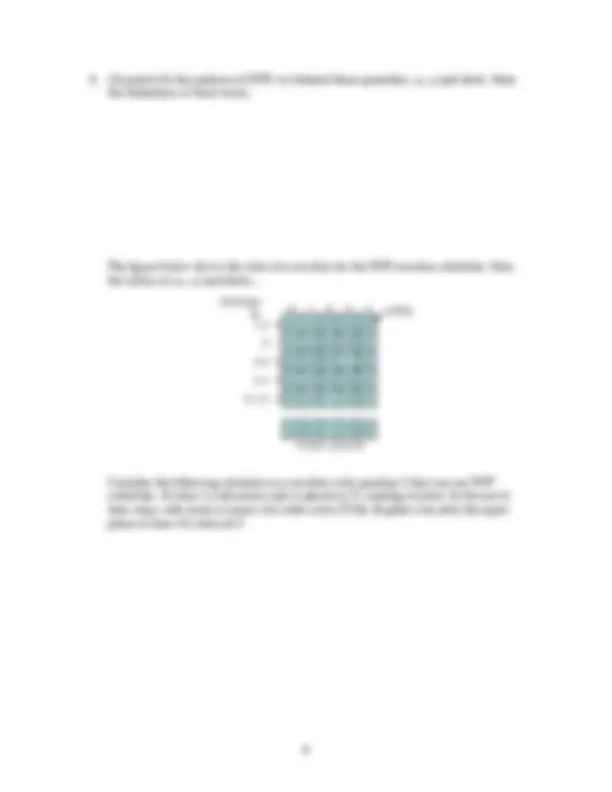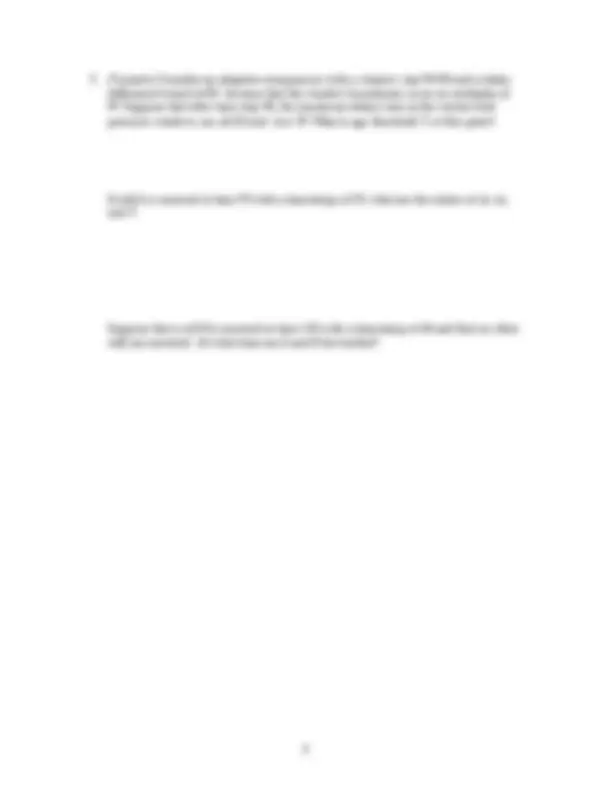





Study with the several resources on Docsity

Earn points by helping other students or get them with a premium plan


Prepare for your exams
Study with the several resources on Docsity

Earn points to download
Earn points by helping other students or get them with a premium plan
Community
Ask the community for help and clear up your study doubts
Discover the best universities in your country according to Docsity users
Free resources
Download our free guides on studying techniques, anxiety management strategies, and thesis advice from Docsity tutors
Solutions to various networking problems. The first problem involves expressing packet filter ranges using indexes of primitive ranges. The second problem deals with constructing a finite state model for a queueing system with high and low priority packets. The third problem analyzes a hybrid scheduler for a 1 gb/s link with 10 rate classes and weighted drr packet schedulers. The fourth problem discusses the definitions and calculations of pij, qj, and slackij in the context of nvf scheduler. The fifth problem covers an adaptive resequencer with a window size w=50 and a delay difference bound δ=50. Lastly, the sixth problem discusses the speedup required for fat tree networks to be nonblocking for point-to-point flows and determining an appropriate limit on the total rate at which individual hosts can send traffic in a data center network.
Typology: Exams
1 / 6

This page cannot be seen from the preview
Don't miss anything!




Please write clearly. Make your answers concise, but complete.
The Karnaugh map below has a label for each of the primitive ranges. Use this to construct a bit vector for each range (with wild cards at selected bit positions). In your bit vectors, assume that the bits on the left side come before the bits on the top (so, 3 is represented by the bit vector 0111).
00 01 11 10 (^00 0 1 ) (^01 ) (^11 4 ) 10
Write down any two of the steady-state balance equations for your finite state model.
The figure below shows the state of a crossbar for the NVF crossbar scheduler. Give the values of p 4,2 , q 2 and slack 4,.
Consider the following situation in a crossbar with speedup 2 that uses an NVF scheduler. At time t a cell arrives and is placed in Vij , making it active. In the next k time steps, cells arrive at input i for other active VOQs. Explain why after the input phase at time t + k , slackij ≥ k –1.
output queues
VOQ lists VOQs
1, 2 3, 2, 3,1,
0 1 2 3 4
0 1 2 3 4
If cell A is received at time 95 with a timestamp of 55, what are the values of d 0 , d − and T.
Suppose that a cell B is received at time 120 with a timestamp of 60 and that no other cells are received. At what time are A and B forwarded?